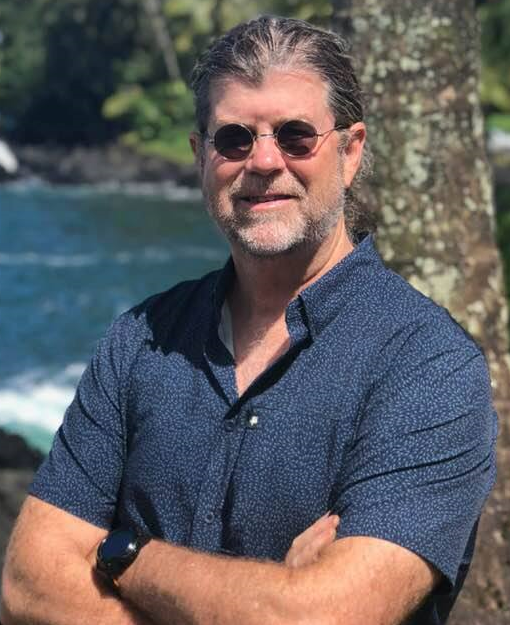By Staff Reports
(Hawaii)– A University of Hawai‘i Cancer Center researcher was awarded more than $330,000 from The Translational Research Institute for Space Health to study ways to measure body composition on long-duration space flights. The results of the ASTRO3DO study on muscle loss and loss of function will be directly applicable to cancer cachexia research.
3D optical models accurately estimate bone and body composition but lack space acclimation experience. A research team led by John Shepherd, a UH Cancer Center researcher and study principal investigator, will monitor frailty risk using 3D optical whole body scans, and create a space-feasible prototype for microgravity testing.
“Astronauts lose muscle mass from the effects of microgravity. When they finish a long-duration flight many times they can’t even walk when they return to earth. While they are on the flight they need to be able to have direct feedback on the quality of their muscles and bones,” said Shepherd. “With the technology we develop we hope the astronauts can modify their nutrition and adjust training to minimize muscle loss while on long-duration flights, such as missions to Mars.”
Some of the aims of Shepherd’s study are to determine the optimal performance and space feasibility of 3D optical cameras to collect views of the body, and explore and identify the accuracy and precision of 3D optical derived total body composition.
Explained Shepherd, “The grant is built around what we have learned using 3D optical scanners in the NIH-supported Shape Up! Study; we want to apply our lessons now to astronauts. We will mount several small cameras inside the space capsule to collect data. The astronauts will spin while they are floating in space, so we can capture their entire body.”
“This research is incredibly novel as it will lead to the development of new methods for measuring body composition for astronauts in space who are prone to muscle and bone loss. It also has direct applications to cancer patients who may suffer from a similar condition called cancer cachexia,” added UH Cancer Center Director Randall Holcombe. “Findings from this research by Dr. Shepherd and his team may eventually be utilized to better understand and prevent cancer-related muscle wasting and improve the quality of life for cancer patients.”
About the UH Cancer Center
The University of Hawai’i Cancer Center through its various activities, cancer trial patients and their guests, and other visitors adds more than $54 million to the O‘ahu economy. Affiliated with

